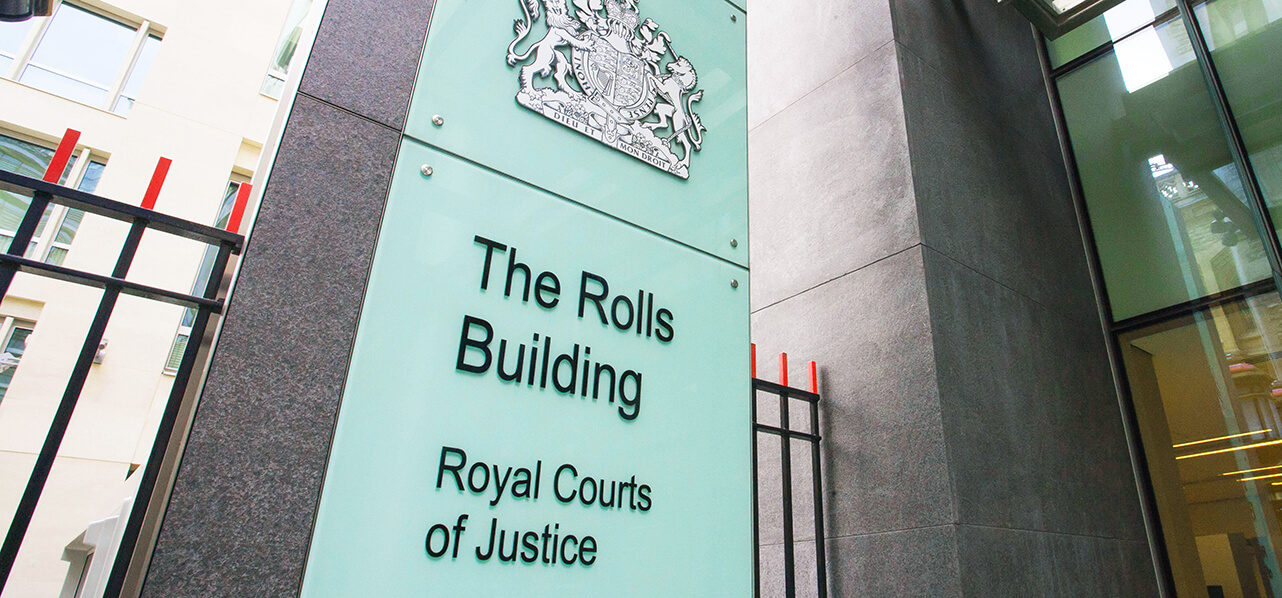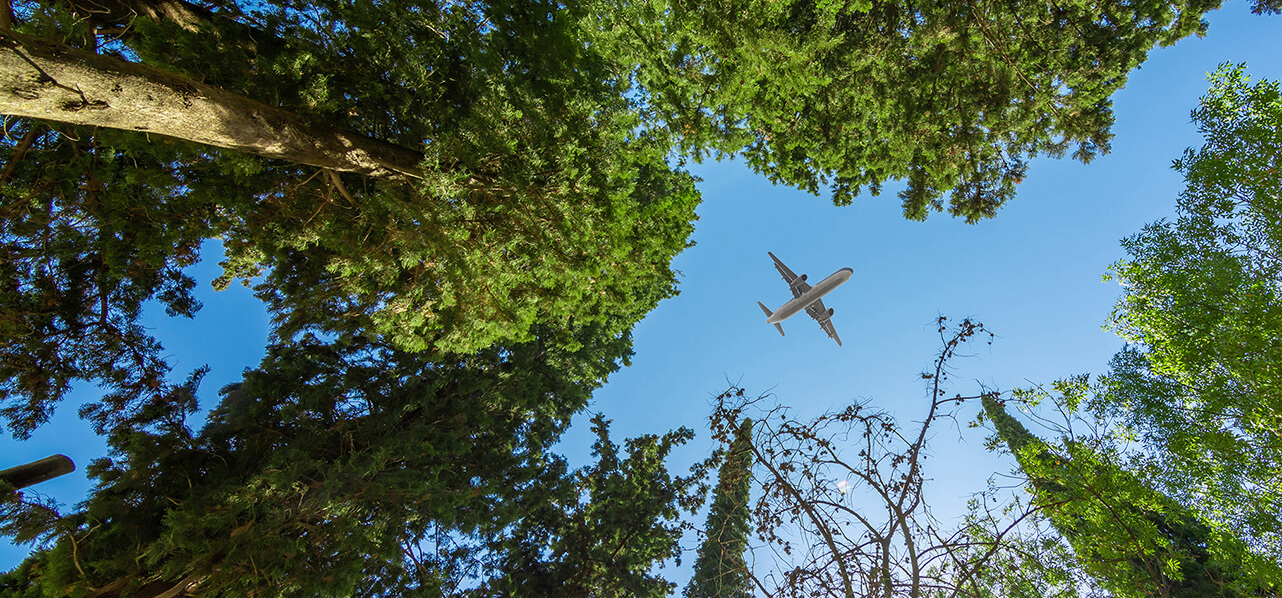Partner London
"‘Bankability’ might be at the heart of the issue in explaining why Chinese WTG OEMs have not yet managed to break into [the European offshore wind] space on a larger scale."
The involvement of Chinese suppliers in the European renewables industry is no secret. Chinese manufacturers supply the lion’s share of solar PV panels used in European solar projects; Chinese companies are major providers of battery cells used in European battery energy storage systems (“BESSs”); and Chinese-manufactured wind turbine generators (“WTGs”) already supply onshore wind farm projects across Europe with approximately 2.6 GW of capacity installed or under development.
As for the European offshore wind sector, the presence of Chinese suppliers is also fairly wide-spread. Chinese steel is a crucial player in the industry; the major European WTG original equipment manufacturers (“OEMs”) use Chinese suppliers for many of their components; and Chinese players are also breaking into the market for other major components such as WTG towers with Dajin Heavy Industry recently starting delivery of towers for the 882 MW Moray West offshore wind farm in Scotland.
Despite this, using Chinese-manufactured WTGs themselves (rather than just components) in European offshore wind projects remains very limited by comparison. At the time of writing, we count a grand total of two European offshore wind farm projects using Chinese WTG OEMs namely the:
- Beleolico/Taranto Wind Farm: a 30 MW, recently commissioned project in Italy, using ten 3 MW WTGs supplied by Mingyang Smart Energy; and
- Waterkant Wind Farm: a 270 MW project in Germany, using sixteen 18.5 MW WTGs supplied by Mingyang Smart Energy.
By today’s standards, these projects cannot be considered ‘large-scale’ – many of the projects currently under development in the UK (and more widely) run into the gigawatts in terms of overall capacity. Given the prevalence of external debt finance in large-scale offshore wind farm projects, it seems a reasonable assumption that ‘bankability’ might be at the heart of the issue in explaining why Chinese WTG OEMs have not yet managed to break into this space on a larger scale. Recent comments by the MD of Dutch bank ABN Amro that she would “rather not” finance Chinese WTGs adds to this view. If not at the heart of the issue, it’s certainly a major issue.
So, what are the perceived risks of using Chinese WTGs?
Perceived risks of using Chinese WTGs
1. Quality
Chinese manufacturers are leading the way in developing bigger WTGs than ever – Mingyang currently operates the world’s largest WTG at 20 MW capacity and said to be able to withstand wind-speeds of up to 125km. However, with most operational Chinese WTGs located in China, very much a ‘closed market’ from a Western supply chain perspective, performance-related data on them is hard to come by internationally both in terms of capex and opex. The competitive tendering of operation and maintenance contracts for WTGs in China means that it is also difficult to evaluate whether any performance issues reported are due to the WTGs themselves, or poor operation practices.
On the flip side, this unavailability of performance data in Western markets makes it difficult to demonstrate that any performance concerns are justified and this will remain the case until more Chinese WTGs are delivered and become operational in Western waters.
2. European energy security and protectionism
European energy security is a key domestic concern, particularly given the Russian invasion of Ukraine and consequent lessons learnt from over-reliance on Russian gas. As such, there is an understandable nervousness amongst European governments to replace one dependency with another.
In what might be seen as a response to the above concerns, the European Commission’s European Wind Power Action Plan (2023) includes a commitment to “protect the internal market against trade distortions and threat to security and public order”. The European Commission may use its “trade defence instruments” in pursuit of this goal, to protect the domestic wind industry if it deems necessary.
Intellectual property (“IP”) security is arguably intertwined with this concern. There have been recent instances of suspected IP theft against European energy companies, with UK security organisations openly accusing China of stealing IP. Against this backdrop of suspicion, many in the industry are concerned that allowing China access to European offshore wind technology could pose a danger to domestic innovation.
3. ESG
Key contacts
"China is the single largest offshore wind market in the world, accounting for around 60% of global wind capacity in 2023."
Another perceived issue fuelled by the lack of transparency and disclosure from Chinese WTG OEMs is the commitment of Chinese suppliers to the same ESG goals as their European counterparts.
Despite evolving ESG legislation and practices within China in recent years, global ESG ratings show Chinese companies consistently lagging behind their European counterparts in areas such as corporate governance and the protection of human rights within the manufacturing chain.
It seems this issue is due in large part to a lack of transparency by Chinese WTG OEMs, leading to a lack of available information to satisfy lender due diligence requirements in this area, for example to assess alignment with equator principles and world bank standards.
4. State funding
WTGs produced by Chinese OEMs generally present a cheaper alternative to those from established European-manufactured WTGs, typically costing from a fifth to 50% less. Downward price pressure ought to be a good thing for the European offshore wind market, particularly given the increasing mismatch between supply and demand pushing the prices of the incumbent European manufacturers ever upwards. However, there have been criticisms levelled by Western industry players that these low prices have been driven by Chinese state funding and subsidies.
As well as offering lower prices compared to their European counterparts, Chinese WTG OEMs can also offer more generous financing terms, such as deferred payment (for up to three years in some cases). European manufacturers are prevented from offering deferred payment under OECD Guidelines (which set the standards for responsible business conduct).
Earlier this year the European Commission announced that it will use its new powers granted by the Foreign Subsidies Regulation (2023) to launch an inquiry into Chinese WTG OEMs, investigating unfair trade practices in Bulgaria, France, Greece, Romania and Spain. The rationale is to ensure fair competition and a level playing field between European and Chinese WTG OEMs. Germany’s economy ministry announced earlier this year that it will look “very closely” at the deal reached for the supply of Chinese WTGs to the Waterkant Wind Farm to ensure a “level playing field [is] maintained in relation to competition”.
But are these concerns insurmountable?
Potential mitigations
1. Quality
Whilst concerns in Western markets regarding the quality and long-term operational performance of Chinese-manufactured WTGs remain, we suggest that this is not due to a lack of experience on the part of such manufacturers. China is the single largest offshore wind market in the world, accounting for around 60% of global wind capacity in 2023. China overtook the EU in 2020 as the largest maker of wind power installations and has built over half of the wind turbines in operation globally. In the last four years, Chinese turbine manufacturers have released 462 new models, compared to 29 released by European manufacturers.
It seems this quality question could be mitigated by Chinese OEMs offering greater transparency into their products and manufacturing processes, for example by allowing European developers, lenders and technical specialists greater access to their facilities, including all of the processes around certification and testing. It seems Chinese OEMs are in fact already taking steps to address this, with various senior figures within the European industry having publicised their visits to manufacturing sites within China.
Even if there are justified quality concerns regarding Chinese WTGs, it is difficult to see that this in and of itself would act as a ‘blocker’ on their use in Europe given that European-manufactured WTGs are by no means immune to quality concerns either. Issues with foundation quality and turbine collapses due to mechanical component failure in products supplied by European OEMs have been widely reported in recent years.
2. Energy security
This concern is somewhat harder to mitigate against on an individual project level given the geo-political factors at play and, ultimately, this is something that European developers and lenders will have to weigh up against the other benefits and pitfalls of using Chinese-manufactured WTGs.
It is worth re-iterating here that European markets seem to have ‘got comfortable’ regarding European energy security concerns with other renewable energy technology, such as solar PV and BESS markets, as noted above – which begs the question, why should the picture look any different for offshore wind?
3. ESG
As noted above, access to information seems key in addressing this concern. ESG reporting is crucial in providing greater visibility on working, environmental and supply chain practices. Some major Chinese WTG OEMs, such as Mingyang, have already taken positive steps in this regard, joining their European counterparts in producing publicly accessible annual ESG reports.
It is difficult to see why ESG concerns with respect to offshore wind supply ought to be treated in a different way to other renewable technology such as solar PV and BESS which feature high levels of Chinese supply chain involvement. In fact, given the prevalent use of Chinese-supplied components and materials in European offshore wind projects (including ‘banked’ projects) in the current market, one must assume that developers and lenders on such projects are already finding solutions to mitigate such concerns to a sufficient degree.
"The European offshore WTG supply market is dominated by just three suppliers: Siemens Gamesa, Vestas and, to a much lesser extent, GE Vernova."
4. State funding
An obvious mitigant here is for European policymakers to adapt guidelines and regulations to ensure Chinese WTG OEMs must comply with the same standards and requirements as their European counterparts – for example regarding payment and financing terms – in a level playing field.
The German Ministry for Economy and Energy (“BMWK”) has already taken positive steps in this regard, with the recent publication of a five-point action plan aimed at ensuring a level playing field between European and international WTG OEMs. As part of this plan BMWK will “advocate and solicit the necessary broad support from our partners to ensure that the business strategies of KfW, EBRD, EIB and other export financing instruments are reviewed with a view to financing Chinese companies”.
Increased auditing ability and open-book tendering would also provide greater visibility to assess any state aid concerns and other concerns related to lack of transparency around pricing offered by Chinese OEMs.
Looking to the future
At present, the European offshore WTG supply market is dominated by just three suppliers: Siemens Gamesa, Vestas and, to a much lesser extent, GE Vernova (in fact the CEO of the latter has just announced that the company is not currently pursuing new offshore orders). In parallel, various ambitious Net Zero targets have been set by governments across Europe – for example the EU’s target to generate 42.5% of the bloc’s energy from renewable energy sources by 2030. Thus, there are real concerns within the industry that the capacity capabilities of the three incumbent suppliers will be insufficient to meet the necessary increases in demand required to meet such targets.
We are already seeing these capacity constraints materialise in European projects through increasingly eye-watering WTG prices, putting already pinched IRRs under further strain. There are also increased instances of European OEMs declining to bid on projects, sometimes even leaving a project with a single WTG offer on the table, leading to difficult contract negotiations. These issues are negatively impacting the bankability of European projects, even before accounting for Chinese WTGs.
It is therefore unsurprising to see calls from senior figures within the industry to re-assess this ‘Chinese question’. As Christian Bruch, CEO of Siemens Energy put it earlier this year: “energy transition without China doesn’t work”. Whilst he maintained that it was critical that China’s WTG OEMs are held to the same standards as their European counterparts, he argued a middle ground between a fully free market and the heavy protectionism seen in the US would be beneficial to both regions.
Provided the above concerns can be addressed, increased competition in the European offshore WTG supply sector must be a positive thing, and indeed seemingly critical if European governments are to achieve their Net Zero goals.
Key contacts
Partner London
Senior Associate London
Associate London






